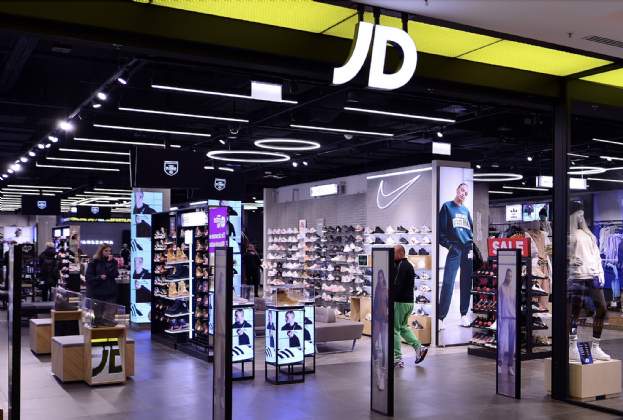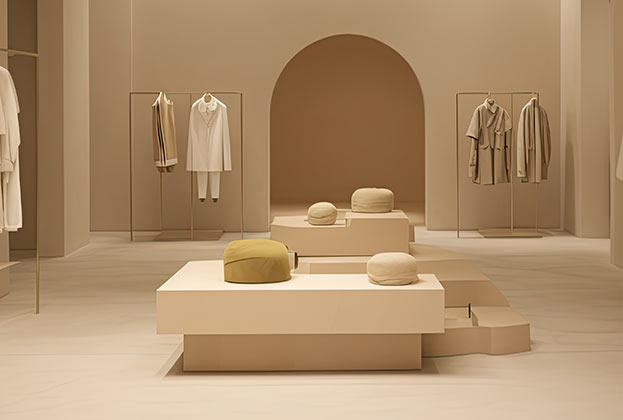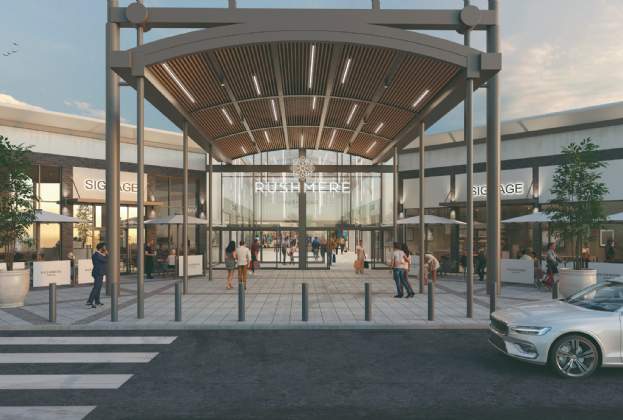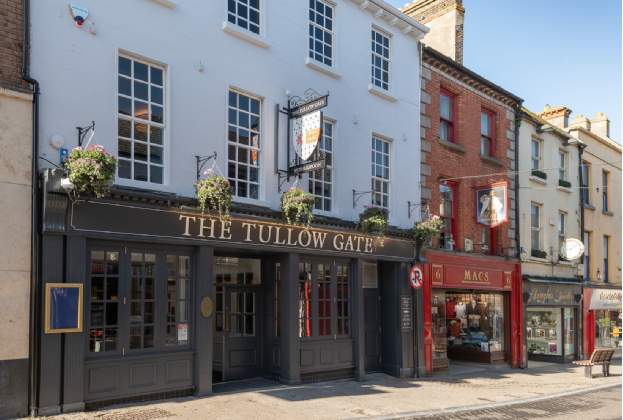Rent Relief Requests
Rent relief requests and demands have been received by nearly all landlords from their tenants seeking rent payment abatements/waivers in order to assist them through these turbulent times. In my opinion collaboration and cooperation between landlords and tenants is essential in order to secure the future for both parties. Negotiations must be balanced, and exploitation of the system must not happen on either side as it is important that both parties share the pain in order to stay operational and face the future with optimism. The return to trading has got to be on softly, softly basis with rent relief reflecting that social distancing and queueing remains a requirement that turnover is likely to be significantly reduced for sometime before the “new norm” is established.
Thankfully, it has not all been bad news for the retail sector as some stores have continued to trade well over the post months albeit with increased costs. The supermarket and convenience business have traded well and some retailers, more than others, have had a lot of success with online sales.
Information from our colleagues across Europe, particularly in Italy and Spain, would suggest that footfall figures on High Streets and shopping centres has varied between 35% and 50% of pre-Covid levels.
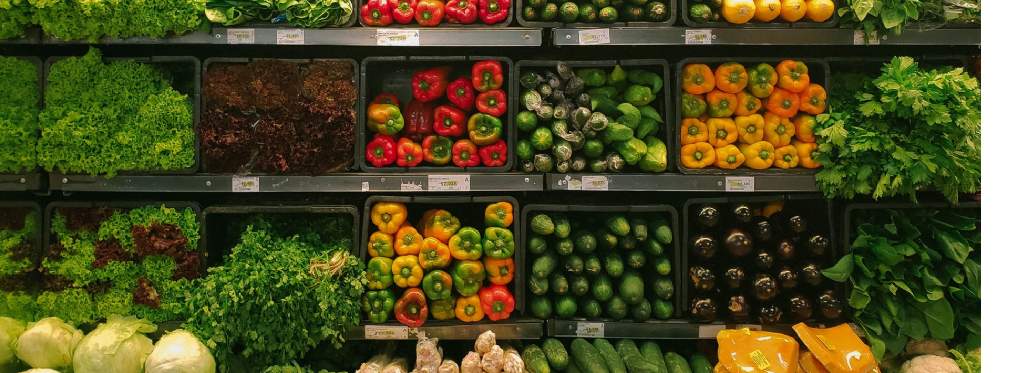
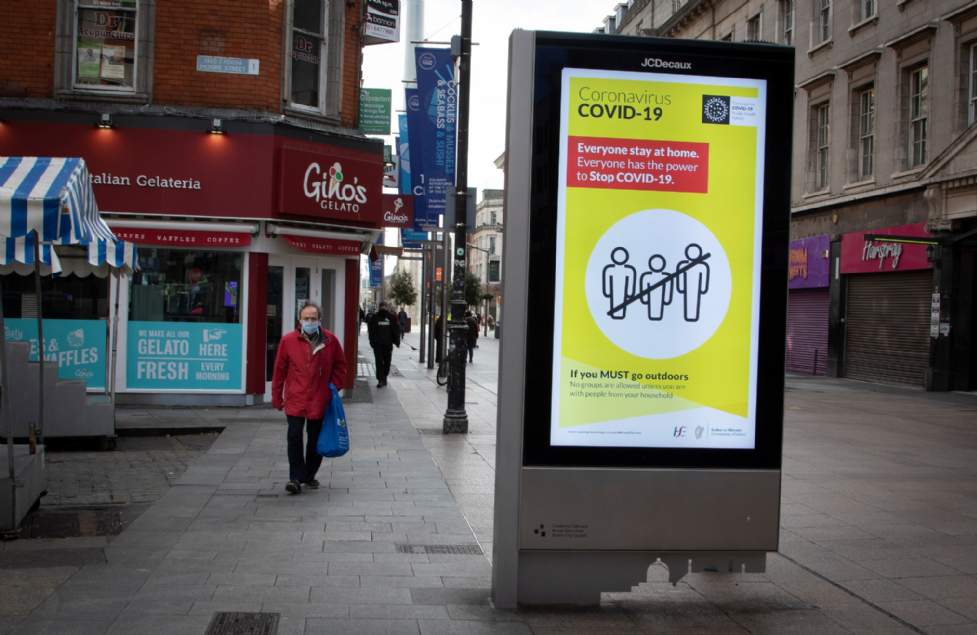

.jpg)



